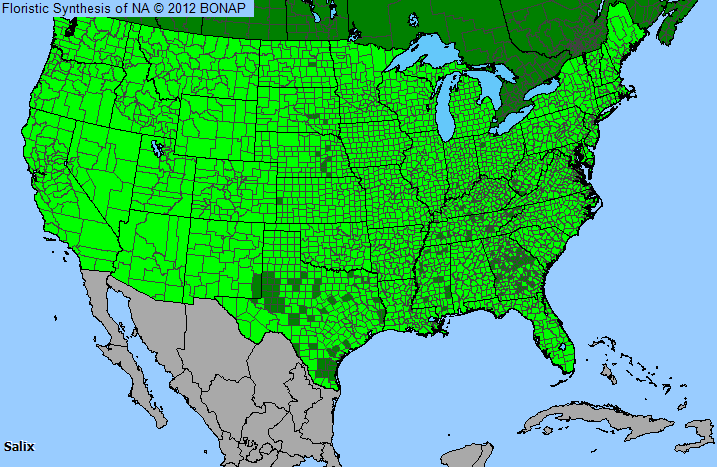
Plant Allergy Overview
Allergenicity
Moderate
Pollen Season
Spring
Type
Tree
Sub-Type
Deciduous
Allergy Information
Although willows elicit strong allergic responses from individuals in allergy tests, willows tend to be pollinated more by insects than by wind, and therefore present fewer people with the allergenic challenge than other tree types.
Genus Details
Willows are deciduous and rapidly growing trees. The leaves are alternate and long with short stems. The plants are dioecious (staminate and pistillate flowers are on different plants) and the fruit is a catkin. They generally grow along rivers and prefer moist soil. They are usually insect pollinated and occasionally wind pollinated. The appearance of the trees is quite distinct in that their branches hang down in a drooping fashion, commonly down to the ground.
Pollen Description
Grains are prolate and subprolate; the amb subtriangular and 3-colporate. The colpi are long and narrow with tapering ends.
Pollen grains are 28-34 X 20-21 micrometers.
Genus Distribution

The shaded areas on the map indicates where the genus has been observed in the United States.
 - Native, observed in a county
- Native, observed in a county  - Introduced, observed in a county
- Introduced, observed in a county  - Rarely observed
- Rarely observedSpecies in Willow Genus
Allergens & Plants Search
Enter a full or partial species name to find more information on one of over 1,200 potentially allergenic plants.
For example, you can find chenopods searching on "cheno"


